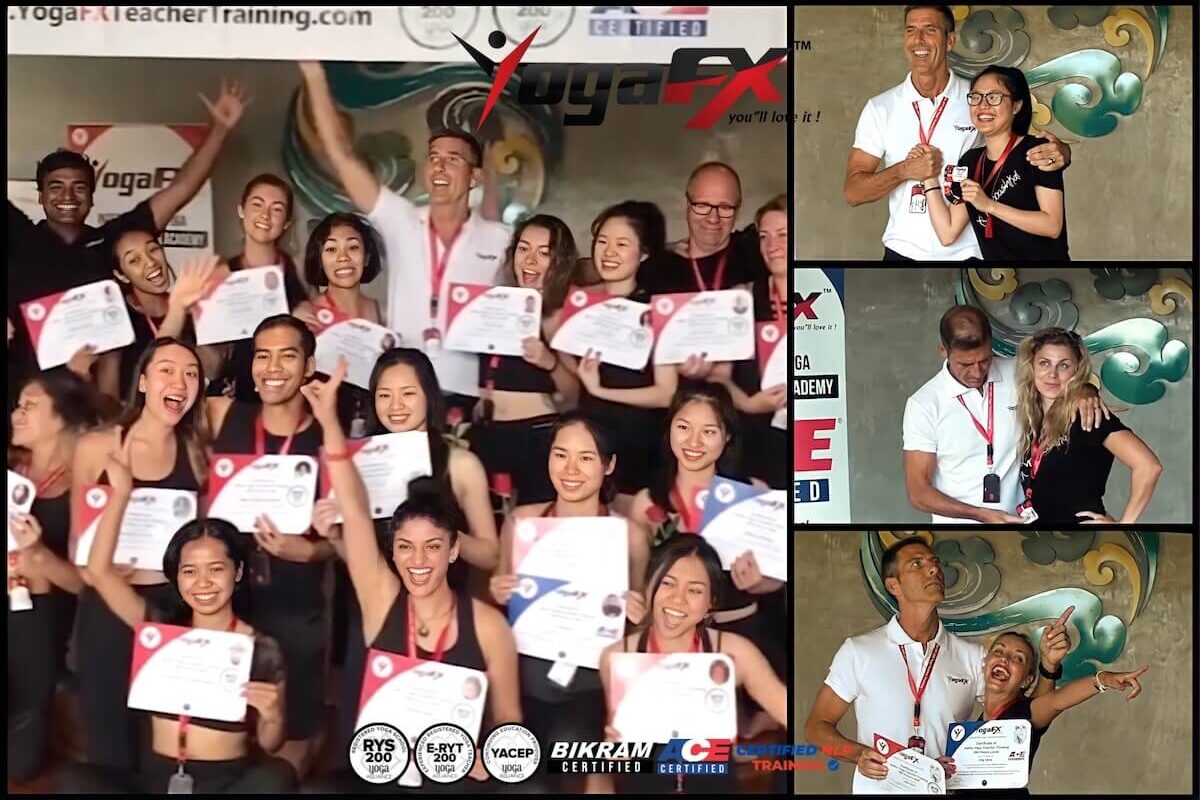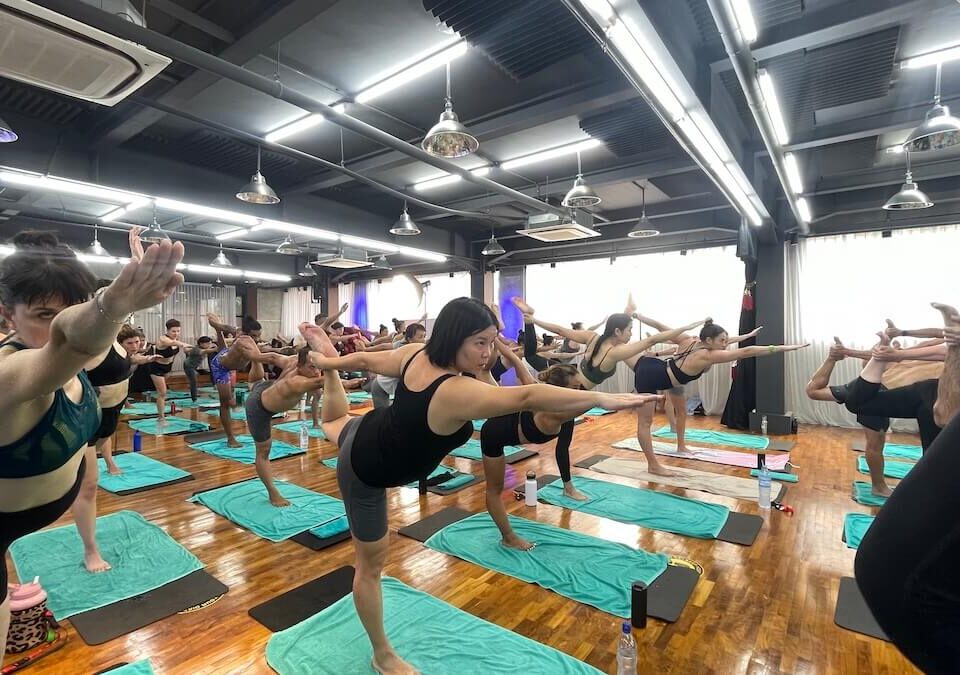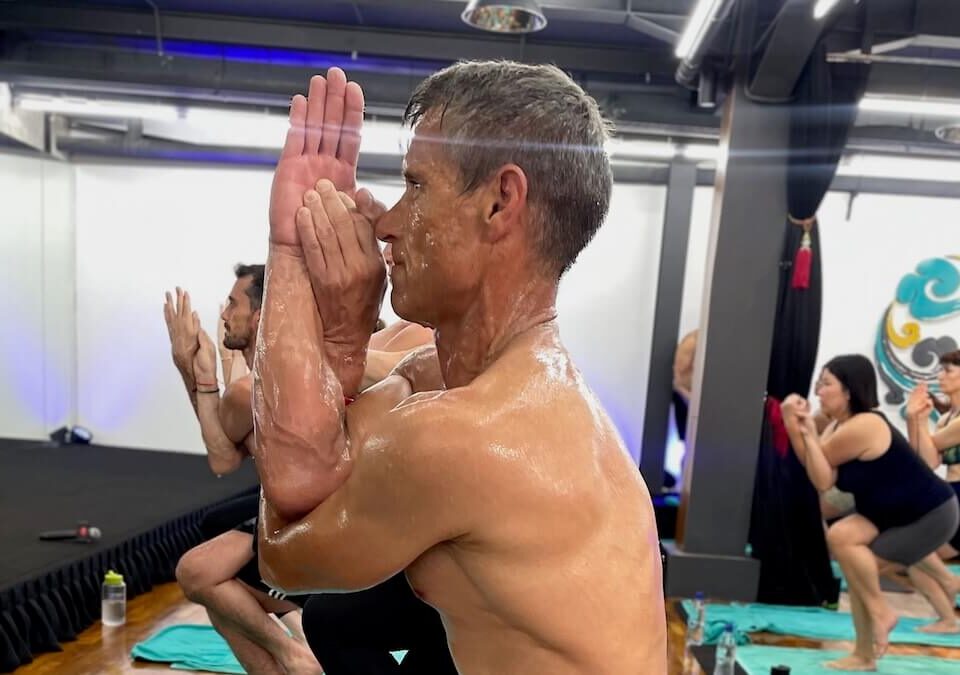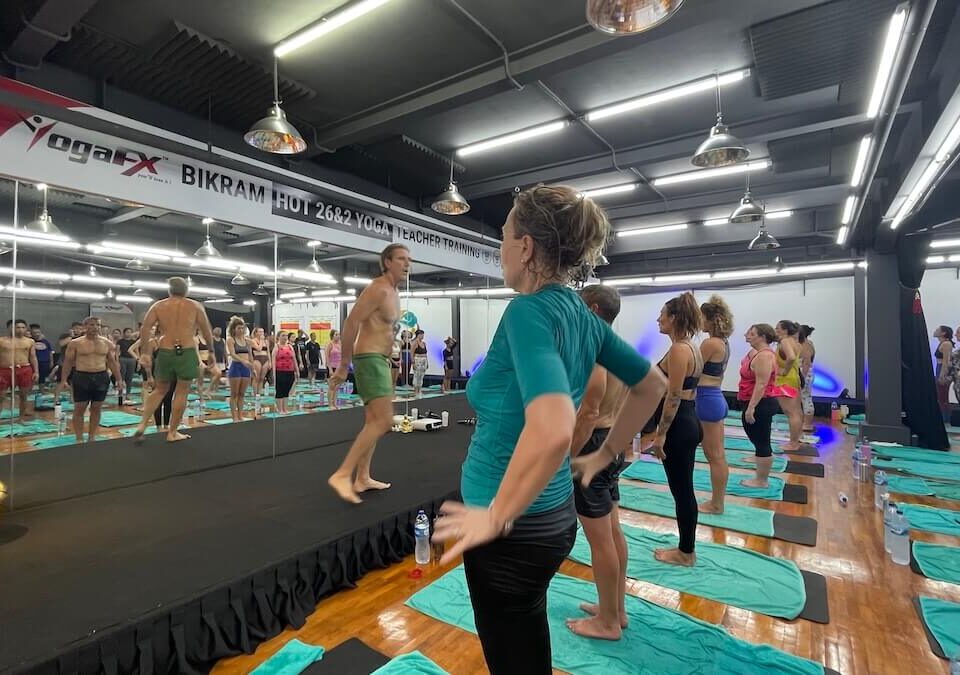
So, you’re really into yoga and dreaming of teaching it? Yoga Alliance certification might be the key to getting you there! This guide breaks it all down for you in simple terms. Let’s dive into what Yoga Alliance certification is, why it’s important, the different types, and how you can get started on your journey to becoming a certified yoga instructor.
What is Yoga Alliance Certification?
Yoga Alliance certification is like a badge of approval for yoga teachers worldwide. It’s given by Yoga Alliance, an organization that sets standards to make sure yoga teachers know what they’re doing. This certification shows that you’ve completed a teacher training program that meets their standards, which gives you some major credibility as a teacher.
Think of it as a way to prove to studios and students that you’re qualified and ready to help others learn yoga safely and effectively. Having this certification means you’re not just winging it—you’ve put in the time and effort to learn the right way to teach yoga.
Why is Certification Important?
You might wonder why this certification even matters. Well, there are a few solid reasons why Yoga Alliance certification is worth it if you’re serious about teaching:
Credibility
Getting certified shows that you’ve done the work, completed the training, and know what you’re doing as a yoga teacher. This can make students feel more comfortable and confident in taking classes with you because they know you’ve been properly trained.
Access to More Teaching Opportunities
Yoga studios all over the world often look for certified instructors, so being Yoga Alliance-certified can really help you land teaching gigs, especially if you’re aiming to teach internationally or at well-known studios.
Joining a Community
Once you’re certified, you become part of a larger community of yoga teachers who support each other, share resources, and sometimes even collaborate on workshops or retreats. Being part of this group gives you access to continuous learning opportunities, so you’re always growing.
Types of Yoga Alliance Certifications
Yoga Alliance has different certification levels depending on how much training and experience you have. Here’s a breakdown:
RYT 200 (Registered Yoga Teacher, 200 hours)
This is the entry-level certification, and it’s usually the minimum requirement for teaching yoga at most studios. You’ll complete a 200-hour program that covers the basics like poses, anatomy, teaching methods, and yoga philosophy.
RYT 500 (Registered Yoga Teacher, 500 hours)
This is for those who want more in-depth training. It involves 500 hours of study, which means you’re learning at a deeper level and exploring more advanced topics. This certification is highly respected and can lead to more teaching opportunities.
E-RYT (Experienced Registered Yoga Teacher)
The “E” stands for “Experienced.” To qualify, you need either an RYT 200 or RYT 500 certification plus a certain number of teaching hours. An E-RYT is seen as a senior teacher and can even train new teachers, which is a big deal if you want to guide others on their teaching journey someday.
4. Steps to Get Your Yoga Alliance Certification
Ready to start? Here’s what you need to do to become a certified yoga teacher:
Step 1: Find a Registered Yoga School (RYS)
The first thing you need is a Yoga Alliance-registered yoga school, also known as an RYS. This is where you’ll complete your training. Look for a school that feels like a good fit for you—whether it’s the teaching style, the location, or the vibe of the instructors.
Step 2: Complete Your Training Program
The training program will cover all the essentials, like learning about different poses, anatomy, and how to lead a class. You’ll also dive into the philosophy behind yoga and learn how to actually teach others in a way that’s safe and inspiring.
Step 3: Apply to Yoga Alliance Certification
Once you finish your training, you’ll apply for your certification through Yoga Alliance’s website. You’ll have to upload documents proving you completed the program and pay an application fee. Once approved, you’re officially certified!
Step 4: Continue Learning
To keep your certification active, you’ll need to complete a certain number of hours of additional training every few years. This is great because it pushes you to keep learning and growing as a teacher.
Choosing the Right Training Program
Choosing a teacher training program is a big decision, so here are a few tips to make sure you pick the right one:
Find a Format That Fits Your Life
Yoga teacher training programs come in different formats. Some are in-person, some are online, and some are a mix of both. If you’re someone who learns best with hands-on help, in-person might be the way to go. If you need flexibility, online programs can be great because you can learn from anywhere.
Think About the Style of Yoga You Want to Teach
Every program has a different focus, so think about what style you’re most interested in teaching. If you’re into Vinyasa, find a program that focuses on that. If Hot Yoga excites you, look for that specifically—like YogaFX’s Hybrid Hot Yoga Teacher Training, which combines online theory with an in-person intensive.
Look Into the Teachers’ Experience
Make sure the instructors leading the training have solid experience, especially if they’re E-RYTs. You want someone who’s not only knowledgeable but also passionate about helping others grow as teachers. The best teachers will inspire you and help you become confident in your abilities.
Read Reviews and Get Recommendations
Before committing to a program, read reviews from past students to see if they had a positive experience. Also, talk to anyone you know who’s gone through teacher training—they might have great advice or recommendations.
Tips for Success in Yoga Teacher Training
Yoga teacher training can be intense but incredibly rewarding. Here’s how to get the most out of it:
- Show Up and Stay Consistent: Regular attendance is crucial. Each class builds on the last, so being consistent will help you understand and absorb everything.
- Ask Questions: Don’t be afraid to raise your hand and get clarity on anything that confuses you. There’s no such thing as a silly question!
- Build Friendships with Classmates: Connecting with others in your training is huge. You’ll support each other, learn from each other, and maybe even start teaching alongside each other one day.
- Be Ready for Growth: Teacher training isn’t just about yoga moves; it’s about personal growth, too. Be open to what you learn about yourself along the way—it can be life-changing!
After You’re Certified: What’s Next?
After earning your certification, it’s time to put it into action! Here’s what’s possible:
Start Teaching
With your Yoga Alliance certification, you’re ready to start teaching! You might apply at yoga studios, start your own classes, or even teach online. This is where all your hard work pays off, as you help others discover the benefits of yoga.
Build Your Own Yoga Brand
Many yoga teachers use social media, create personal websites, or even start YouTube channels to share their yoga journey and connect with students. Think about what makes your style unique and build your brand around it.
Keep Learning
Yoga is a journey that never really ends. Many teachers continue to study, exploring different styles, or learning advanced techniques. Yoga Alliance offers continuing education to keep you sharp and connected to the latest in the yoga world.
In Conclusion
Yoga Alliance certification is more than just a credential; it’s a commitment to high standards, personal growth, and the passion to help others through yoga.
It’s a journey that pushes you to grow as a yogi and as a person, helping you develop the skills to become the best teacher you can be.
If you’re thinking of becoming a certified teacher, go for it! The path to certification can be intense, but it’s so worth it.
You’re not only learning to teach yoga—you’re joining a global community of people who love sharing this ancient practice with the world. So, let your journey begin!



